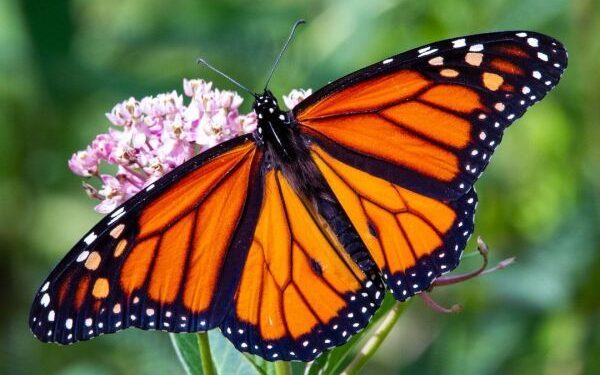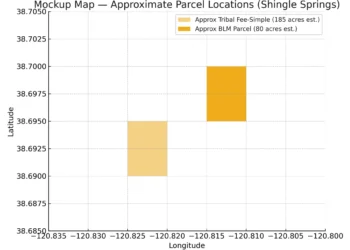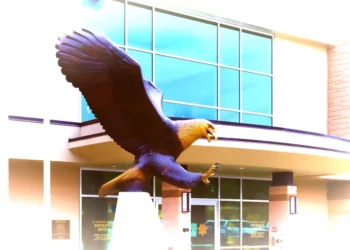PLACERVILLE — Mid-August signals the start of fall migration for millions of monarch butterflies, and residents around El Dorado County may start spotting small groups—or even large clusters—moving through the foothills by day and roosting in trees at night through about mid-November. The U.S. Fish & Wildlife Service notes that migrants travel in daylight and pause overnight in sheltered trees, meaning you might see anywhere from a few to hundreds resting along creeks, parks and backyard corridors.
This year’s migration follows sobering news for the western population. The Xerces Society’s latest winter census found just 9,119 monarchs across coastal and inland overwintering sites—down 96% from the prior year and the second-lowest count in nearly three decades. “This is bad news… It’s hopefully a wake-up call that a bad year can set them back pretty significantly,” said Emma Pelton, an endangered species biologist with Xerces.
What to watch for locally
In the Sierra foothills, look for monarchs cruising south- and west-bound on warm, calm days, then clustering at dusk in wind-protected trees—oaks, pines or even eucalyptus—near water and late-season flowers. Keep distance, avoid loud noises, and don’t shake branches; binoculars are better than getting close. Xerces advises standard viewing etiquette at roosts: keep pets away, stay behind fencing and avoid disturbing trees.
How to help from your yard
Right now, migrating adults need nectar more than anything. Plant or maintain late-summer and fall bloomers (asters, goldenrod, California buckwheats, coyote mint, gumplant, sunflowers, sages) and keep them pesticide-free. For longer-term support, add native milkweeds—especially narrowleaf (Asclepias fascicularis) and showy (A. speciosa)—during spring planting windows to support caterpillars next year. Xerces’ California monarch nectar plant lists provide foothill-friendly options and timing.
If you’re adding milkweed, follow state guidance: plant natives appropriate to your location and avoid tropical milkweed; coastal sites have special considerations to prevent disrupting overwintering behavior.
Don’t handle monarchs
Admire, photograph and report—but don’t catch or tag butterflies without authorization. In California, handling wild monarchs requires a Scientific Collecting Permit from the Department of Fish and Wildlife.
Report what you see
Community sightings help researchers track timing and routes. Log notable daytime flights or evening roosts (numbers, tree type, location) with Journey North, which compiles public reports for western monarchs.
Local gardeners can also watch for native-plant availability during the El Dorado Chapter of the California Native Plant Society’s fall sale in late September/early October—well-timed for establishing nectar plants ahead of next year.










